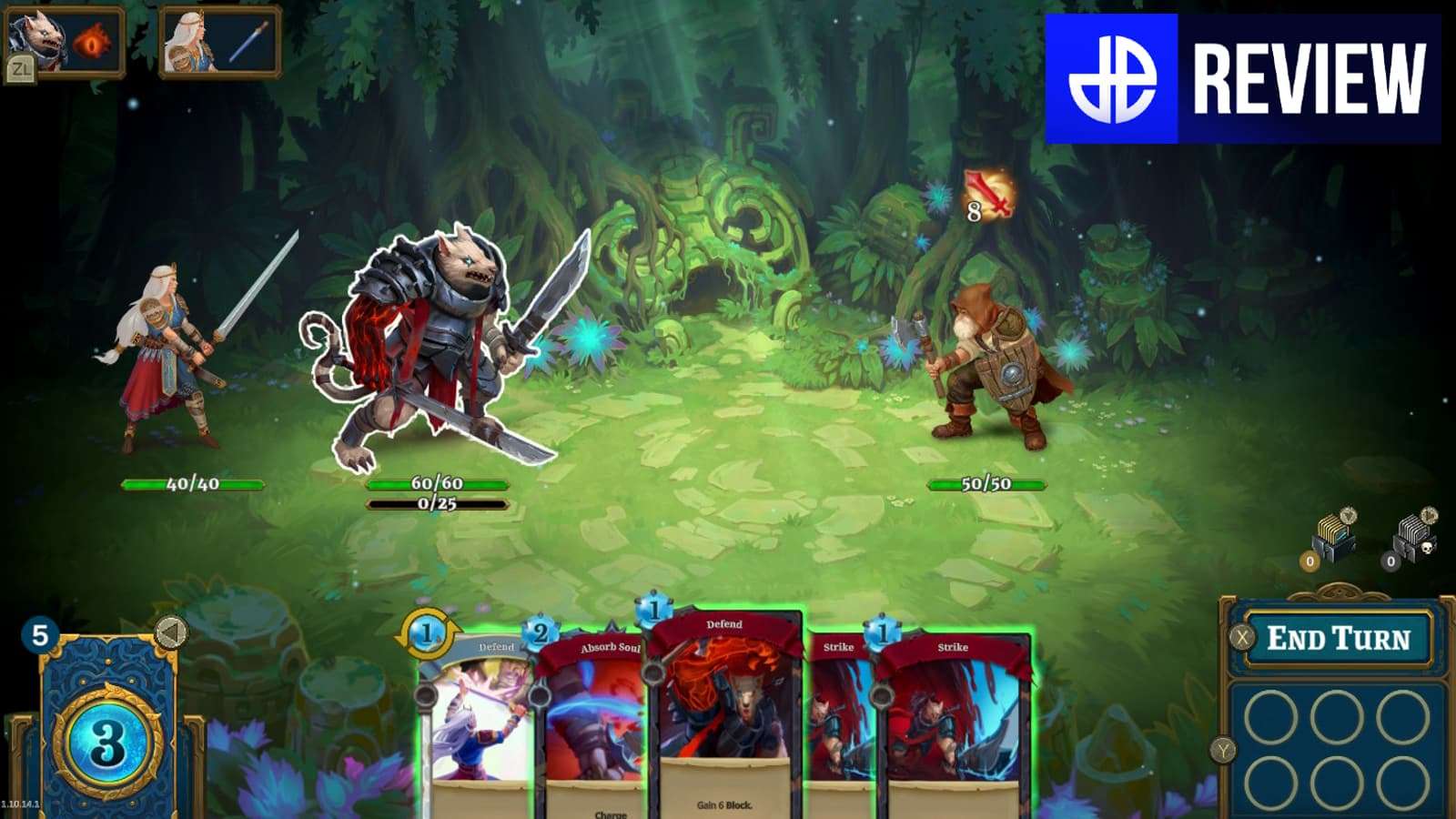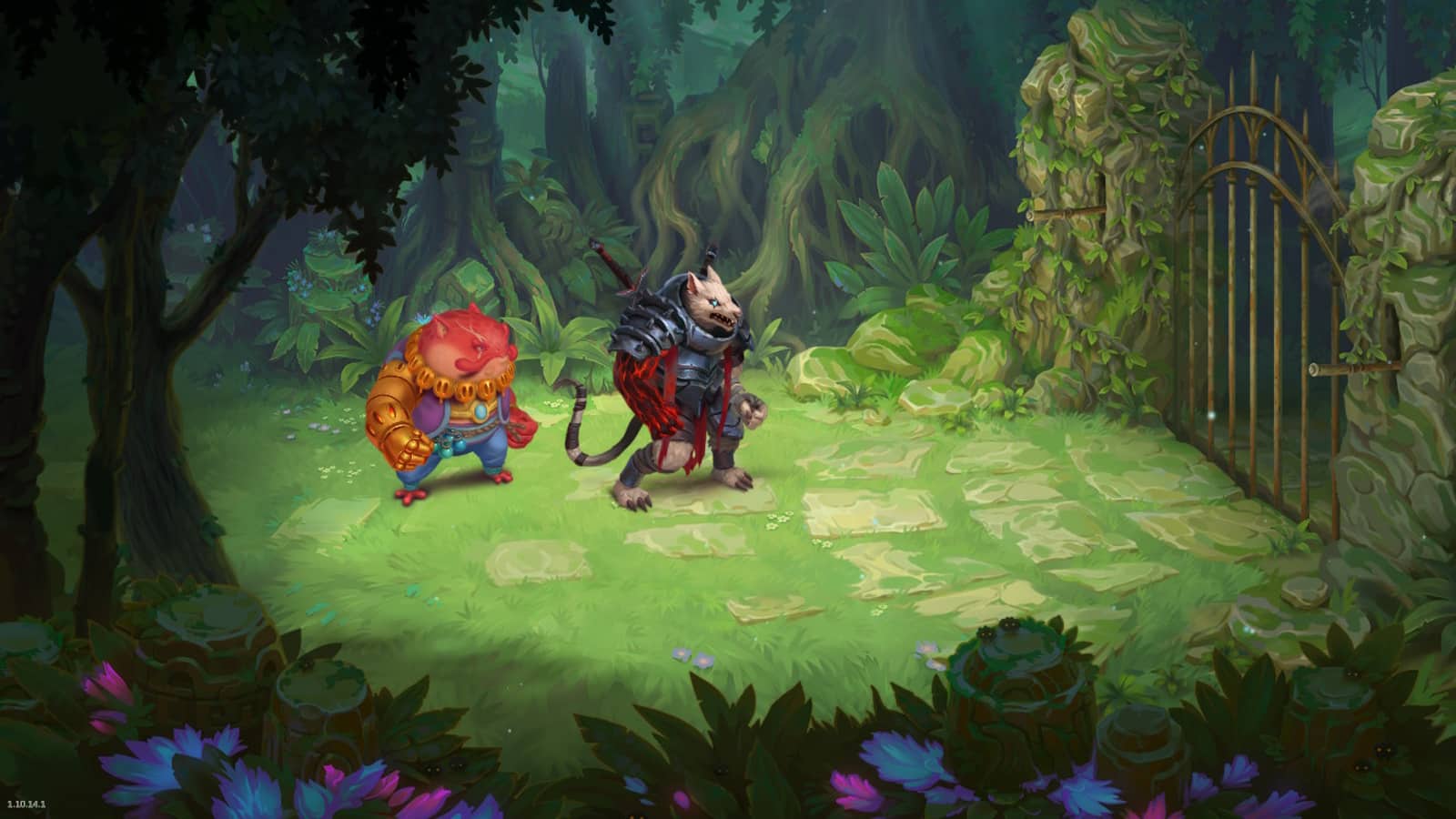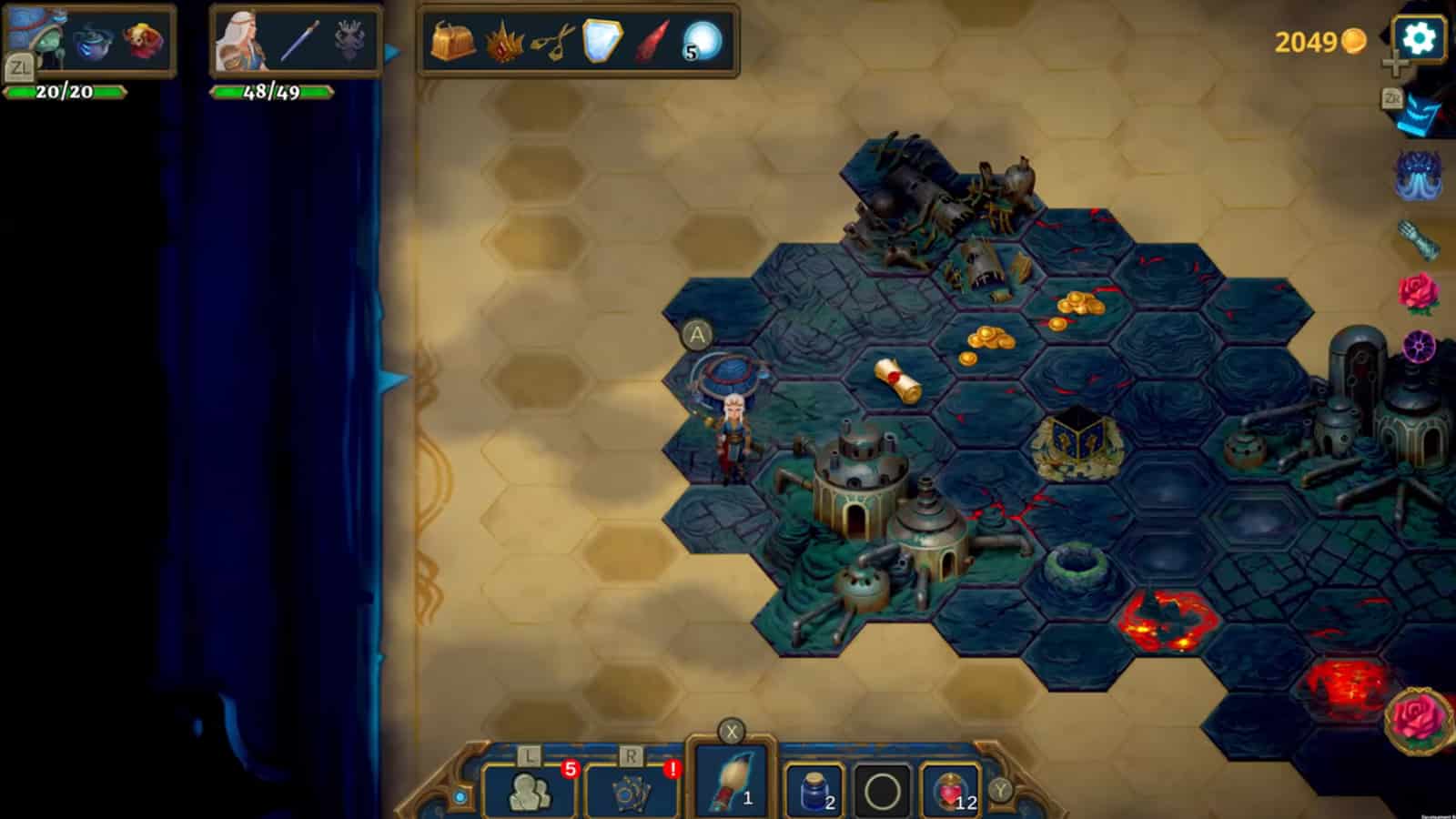Roguebook review – Deck-building fun suffers on Switch
 Abrakam Entertainment S.A.
Abrakam Entertainment S.A.Roguebook is a roguelike deck-building game that brings eye-popping visuals and enjoyable hex-based exploration to the Nintendo Switch. While the card combat delivers repeatable fun, the Switch may not be the best home for the deck builder.
Slay The Spire was so popular and genre-defining, it sparked a wave of roguelike deck-builders in its wake. Released back in 2019, a handful of deck-builders have come since, inspired by its successful blending of hero-based card battling and roguelike elements.
One of these games was Roguebook, which now gets its release on Nintendo Switch. While many of the qualities that made it a solid game when it was originally released on Steam in 2021 are there, it feels like an inferior version of the game.
Roguebook key details
- Price: Switch: $24.99 / £22.49
- Developer: Nacon and Abrakam Entertainment
- Release Date: April 21, 2022
- Platform: Nintendo Switch
Roguebook Nintendo Switch trailer
Stylish deck-building fun
In Roguebook, players are trapped inside the Book of Lore of Faeria, and use each run to progress as far as they can out of the pages of the book. Exploring the environment means using a paintbrush to inject ink into the unknown parts of each page, unlocking new areas which bring new cards for your deck, new items, health to keep you alive, and much more.
Four heroes are available for players to use on each of their procedurally generated runs – there’s Sharra, Sorocco, Seifer, and Aurora. Each has their own distinct identity in their deck of cards which facilitates a healthy amount of variance in gameplay, but since you can only bring two heroes per run, you must choose wisely who to pair together.
I became attached to Seifer, the Blood Tyrant, who can upgrade his cards by building up his ‘Rage’ meter which allows him to deal a massive amount of damage while healing himself in the process. After each run, players use pages they’ve collected and upgrade embellishments which offer a plethora of gameplay upgrades for their next playthrough. As someone who died plenty of times, this mechanic prevented me from getting discouraged.
 Abrakam Entertainment
Abrakam EntertainmentExploration was the biggest surprise when playing Roguebook for the first time. The environments are gorgeous, the card art is detailed, and battle animations are bursting with bright colors. Models of both the main heroes and enemies you encounter are impressive and dynamic, and I was encouraged to explore each page as much as I could to both upgrade my heroes and deck, as well as to see what monsters were waiting for me. Playing on the OLED Switch in handheld mode helped me appreciate just how visually impressive games can be on the console.
Although the visuals are there for Roguebook on Switch, bringing the game to a portable console brought a handful of predictable slip-ups that downgraded the experience.
Switch port brings problems
Bringing any game to Switch means that many players, including myself, are going to want to play the game in handheld mode. And sadly for Roguebook, the handheld version of the game simply doesn’t deliver, and for one main reason – the font is too small. Any deck-building game will require the player to understand, in specific detail, lots of systems, mechanics, and read loads of text. The font in Roguebook is just too small to play and enjoy for extended periods of time.
- Read More: Weird West review
Roguelike deck-builders require the player to keep track of many things at once: the cards in your deck, the items in your inventory, items available in combat, and much more. The Switch version crams all these things into the small handheld screen without much care for those of us without 20/20 vision.
I found it extremely frustrating having to read so much text, even on the OLED Switch, which offers a very slightly larger screen than the regular Switch. There is no option for an increase in font size, and simply porting over the original Steam version of the game was not enough. Playing in docked mode of course alleviates this problem a good amount, but the whole point of putting a game on Switch is to deliver a solid handheld experience, which just isn’t here.
The size of the text wasn’t the only gameplay issue I have with the Switch port, as I encountered a handful of audio and gameplay bugs that irked me throughout my runs. Music and sound can cut out entirely, leading the game to freeze-frame. There are also lengthy loading screens in-between combat and exploration which hamper the flow of the game.
 Abrakam Entertainment
Abrakam EntertainmentLots of what people love from the deck-building roguelike genre are here, and if you are a huge Slay The Spire fan, you will not be disappointed. Roguebook wears its inspiration on its sleeve, using many of the same deck-building mechanics as Spire does, to varying degrees of success.
However, artistic design alone isn’t enough to make the Switch version of Roguebook stand out, as the moment-to-moment gameplay is hampered by a lack of smooth transitions between exploring the map and the card-battling gameplay.
Rating: 7/10
If the Switch is your only avenue to play Roguebook, I would still recommend it to deck-builder fans looking for a solid take on the genre. I would steer clear of handheld mode as long as it lacks a font size option.
Although the best version of the roguelike remains on PC with a mouse and keyboard, Roguebook still offers tons of fun on the Switch. Just be ready to squint a lot.
Reviewed on Nintendo Switch
For more reviews of the latest releases, be sure to check out the following:
Ghostwire Tokyo review | Stranger of Paradise: Final Fantasy Origin review | Tunic review | Triangle Strategy review